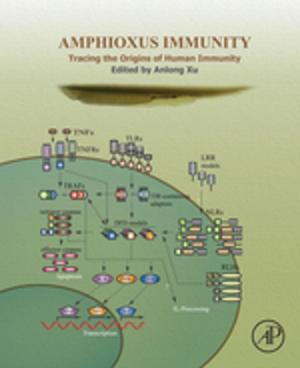Hypothalamic Control of Lactation
Monographs on Endocrinology
Nonfiction, Health & Well Being, Medical, Specialties, Internal Medicine, Endocrinology & Metabolism, Oncology| Author: | F. G. Sulman | ISBN: | 9781483193038 |
| Publisher: | Elsevier Science | Publication: | October 22, 2013 |
| Imprint: | Butterworth-Heinemann | Language: | English |
| Author: | F. G. Sulman |
| ISBN: | 9781483193038 |
| Publisher: | Elsevier Science |
| Publication: | October 22, 2013 |
| Imprint: | Butterworth-Heinemann |
| Language: | English |
Monographs on Endocrinology, Volume 3: Hypothalamic Control of Lactation provides information pertinent to the fundamental aspects of lactation, which is dependent upon the temporal cortex of the brain. This book discusses the manifold problems of hypothalamic lactation.
Organized into four parts encompassing 30 chapters, this volume begins with an overview of the mechanisms of lactation and explores the hormone requirements for mammary development in various species. This text then examines the theory of the anterior pituitary gland being controlled by neurohumors carried through the hypophysial portal circulation. Other chapters consider the physiology of pituitary prolactin, which is distinguished from other pituitary tropins by its inhibitory regulation originating in the central nervous system. This book discusses as well the mechanism of the lactogenic effect of hypothalamic tranquilizers. The final chapter deals with the structure of the hypothalamic factors responsible for lactation.
This monograph is a valuable resource for endocrinologists, scientists, students, and researchers.
Monographs on Endocrinology, Volume 3: Hypothalamic Control of Lactation provides information pertinent to the fundamental aspects of lactation, which is dependent upon the temporal cortex of the brain. This book discusses the manifold problems of hypothalamic lactation.
Organized into four parts encompassing 30 chapters, this volume begins with an overview of the mechanisms of lactation and explores the hormone requirements for mammary development in various species. This text then examines the theory of the anterior pituitary gland being controlled by neurohumors carried through the hypophysial portal circulation. Other chapters consider the physiology of pituitary prolactin, which is distinguished from other pituitary tropins by its inhibitory regulation originating in the central nervous system. This book discusses as well the mechanism of the lactogenic effect of hypothalamic tranquilizers. The final chapter deals with the structure of the hypothalamic factors responsible for lactation.
This monograph is a valuable resource for endocrinologists, scientists, students, and researchers.















